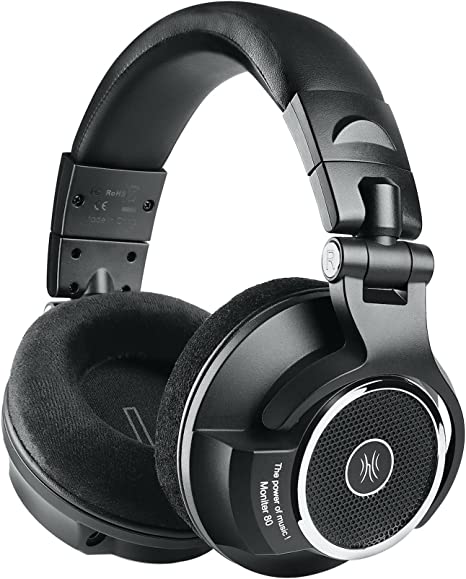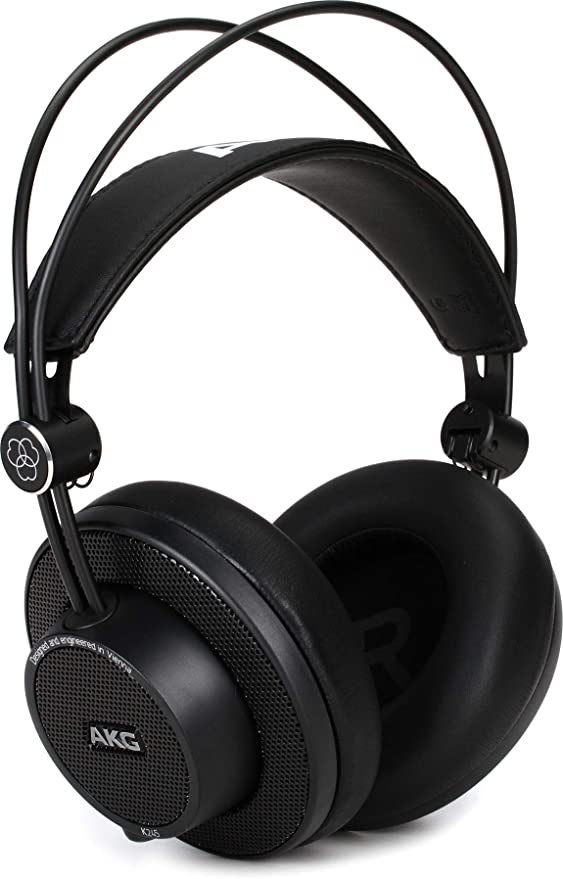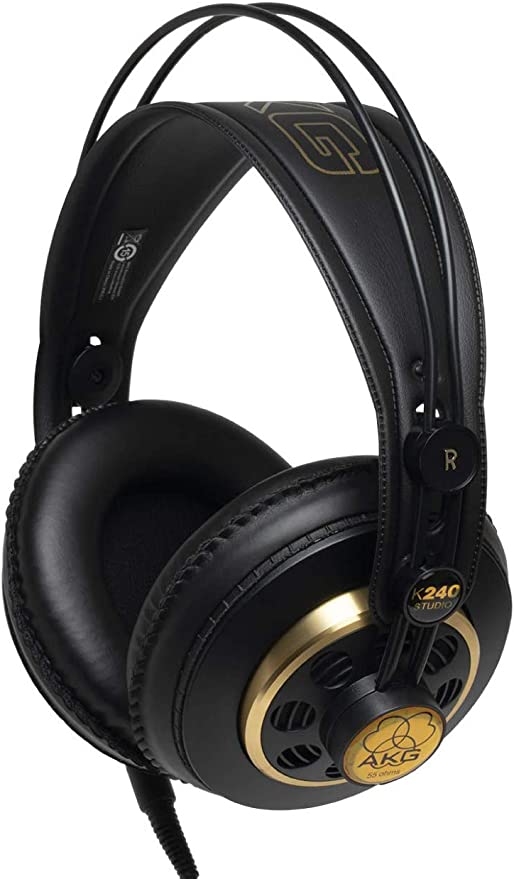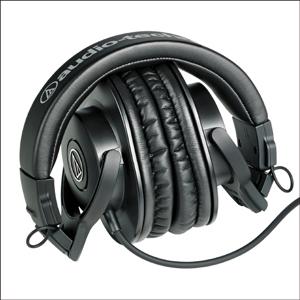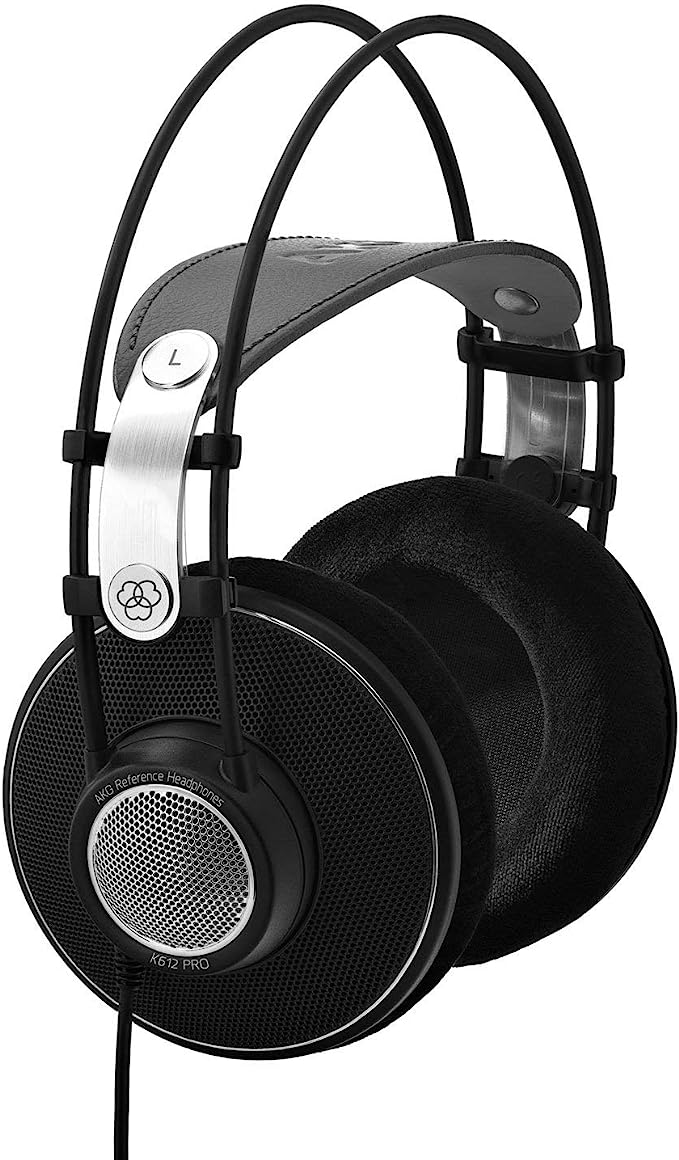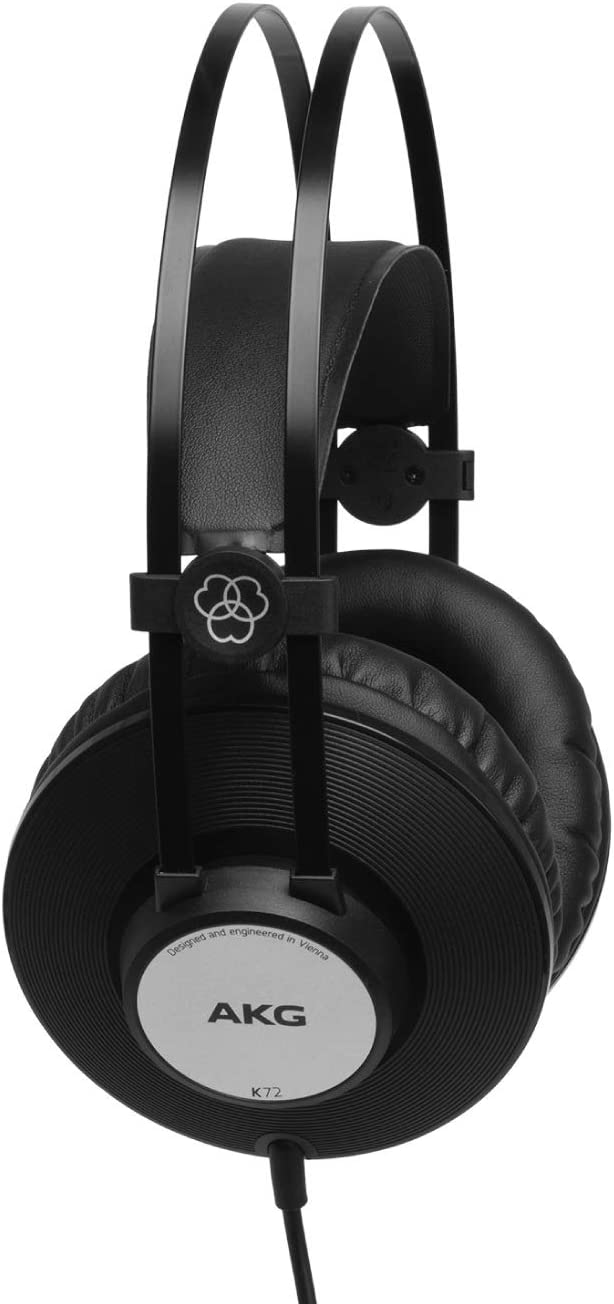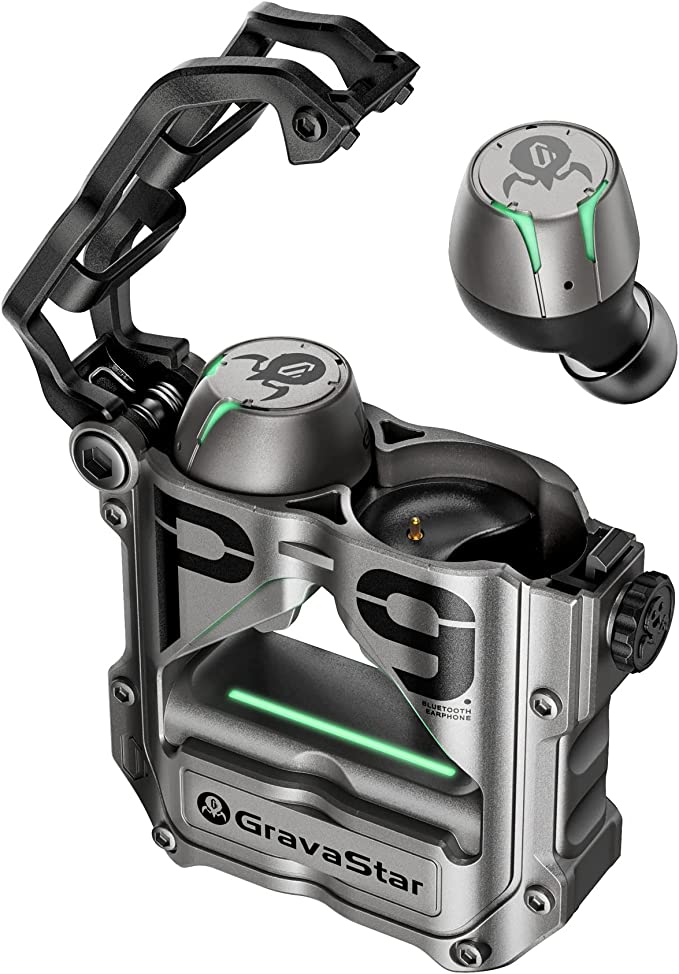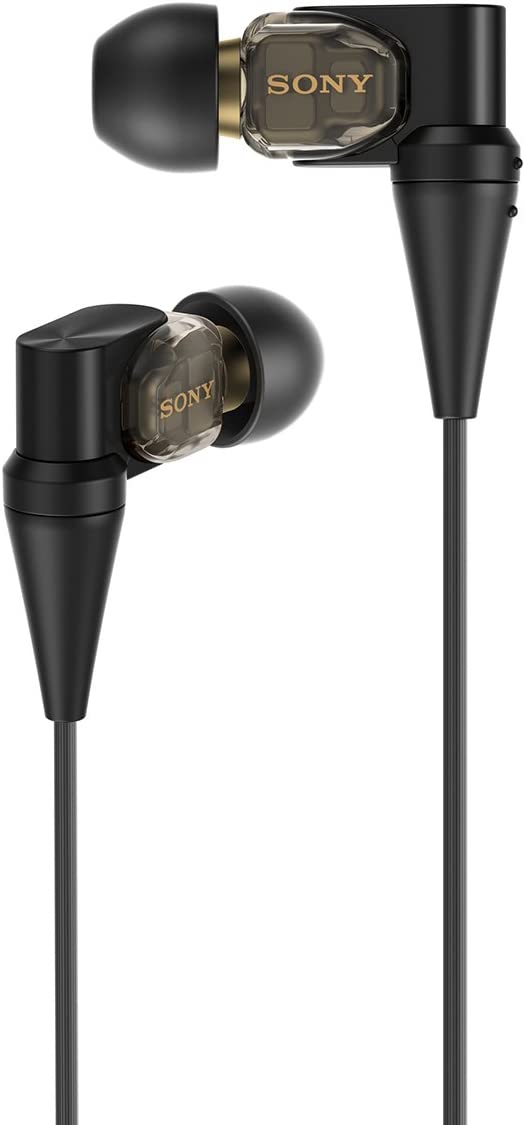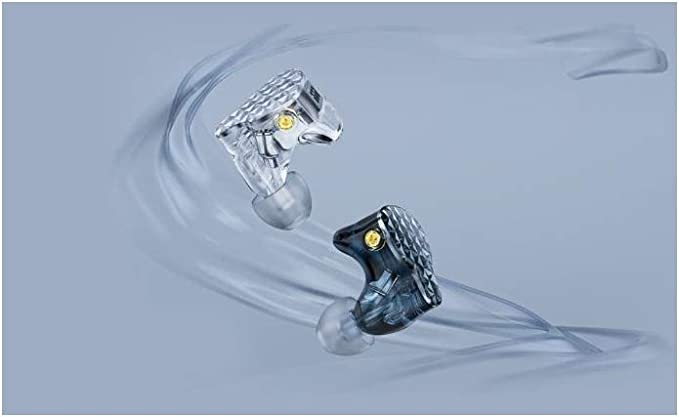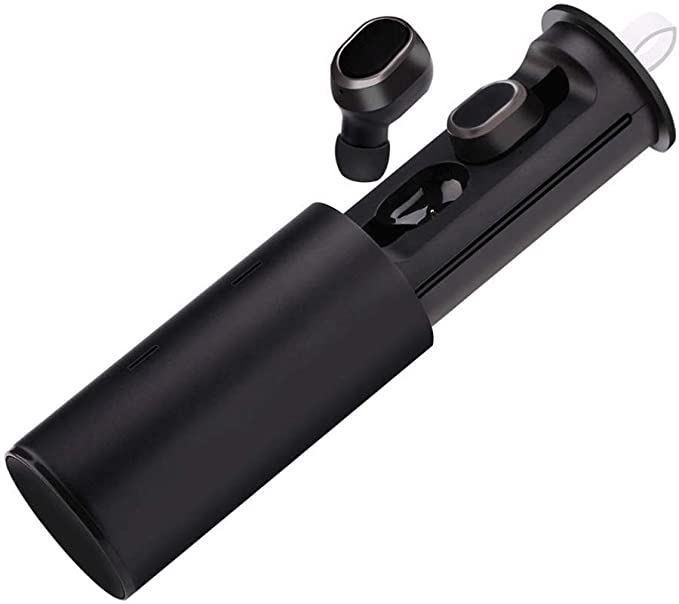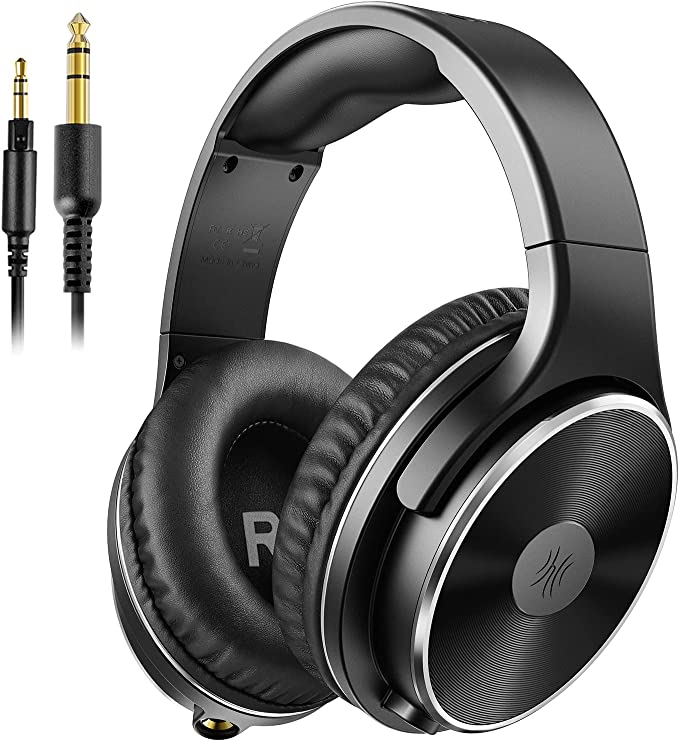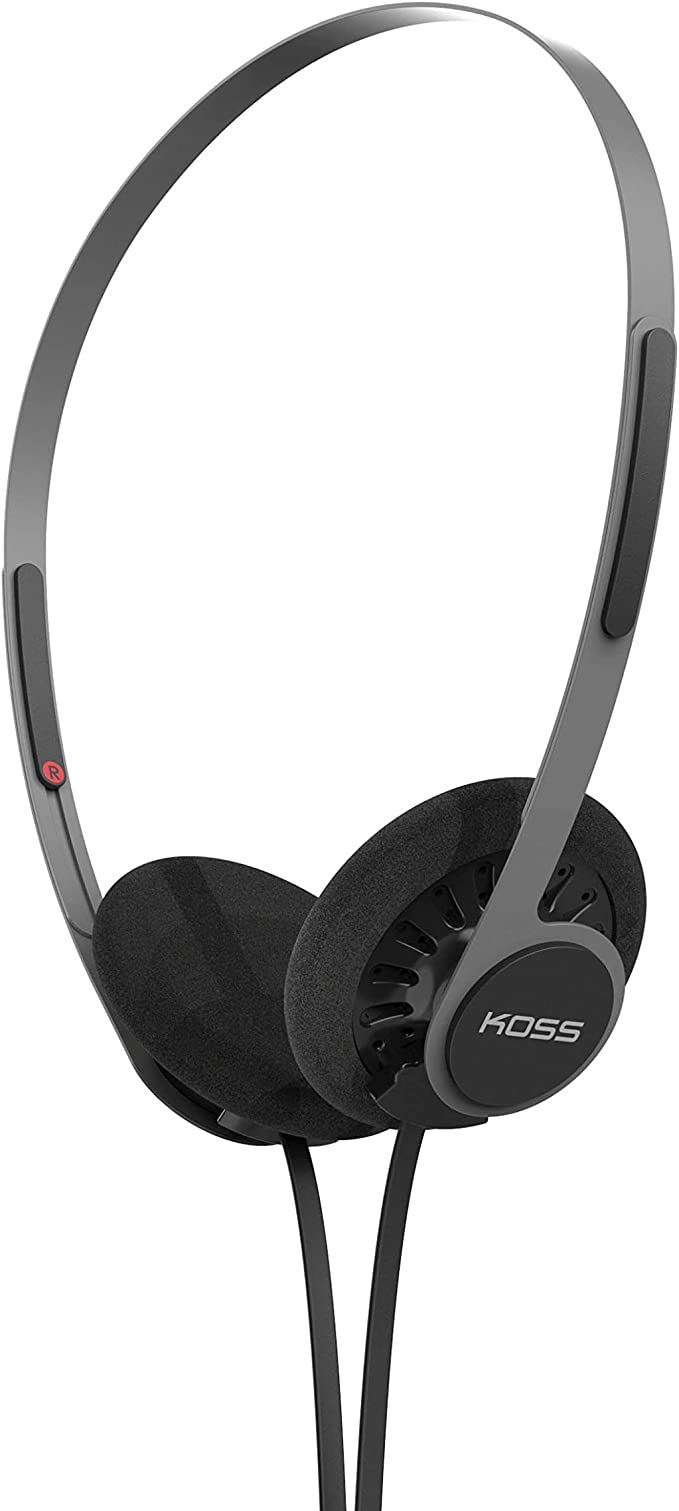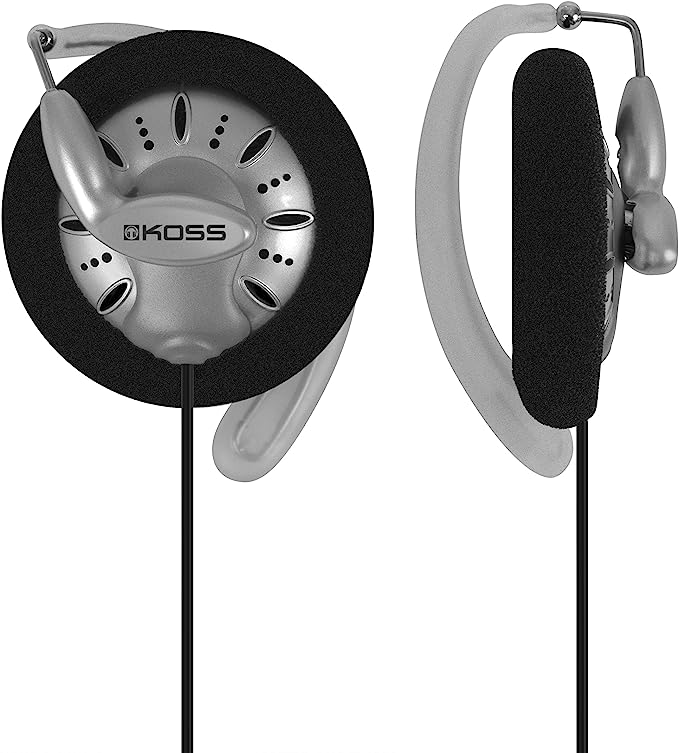AKG K701 Headphones: Unveiling the Science of Reference-Grade Audio
Update on March 21, 2025, 6:57 a.m.
The world of professional audio is built on a foundation of accuracy. Whether it’s capturing the subtle nuances of a vocal performance or meticulously crafting the sonic landscape of a film score, audio professionals rely on tools that deliver uncolored, truthful sound. Among these tools, reference headphones hold a special place, serving as a critical link between the recorded sound and the engineer’s discerning ear. The AKG K701, a name synonymous with precision and clarity, has earned its place as a classic example of this breed of headphone. But what makes this seemingly simple device so capable of revealing the intricate details of sound? Let’s delve into the acoustic engineering that makes the K701 a benchmark in the world of audio.

A Legacy of Sound
Before we dissect the K701, it’s worth acknowledging the heritage of its manufacturer. AKG, founded in Vienna, Austria, in 1947, has a long and storied history in the world of audio. From microphones used on iconic recordings to headphones trusted by generations of engineers, AKG has consistently pushed the boundaries of audio technology. The K701, released in the early 2000s, represents a culmination of this decades-long pursuit of sonic excellence. It builds upon AKG’s expertise in transducer design and acoustic engineering, offering a level of performance that has made it a staple in studios and audiophile setups worldwide.
The Quest for Sonic Transparency
What exactly are reference headphones? Unlike consumer headphones, which often prioritize a particular sound signature – boosted bass, for example – reference headphones aim for neutrality. Their goal is to reproduce the audio signal as faithfully as possible, without adding any coloration or distortion. This “flat” frequency response allows audio professionals to hear exactly what’s in the recording, enabling them to make informed decisions about mixing, mastering, and other critical aspects of audio production. It also gives audiophiles the oppurtunity to listen as the artist truly intended the music to be heard.
Open-Back Design: A Window to the Soundstage
The K701’s most immediately noticeable feature is its open-back design. Unlike closed-back headphones, which seal the earcups to isolate sound, open-back headphones feature grilles or perforations that allow air to flow freely through the earcups. This seemingly simple design choice has profound implications for the listening experience.
Imagine a loudspeaker in a small, enclosed box. The sound waves emanating from the speaker driver would bounce off the walls of the box, creating reflections and resonances that would color the sound, making it “boxy” and unnatural. Closed-back headphones, while offering excellent isolation, can suffer from a similar effect, albeit on a smaller scale.
Open-back headphones, on the other hand, minimize these internal reflections. The free flow of air allows the sound waves to dissipate more naturally, resulting in a wider, more spacious soundstage. Instruments and vocals sound more like they’re positioned in a real acoustic space, rather than confined within the small enclosure of the earcups.
However, this open design isn’t without its complexities. One phenomenon that can occur in open-back headphones is Helmholtz resonance. This occurs when the air inside the earcup and the air passing through the openings act as a spring-mass system, creating a resonance at a particular frequency. Careful design of the earcup volume and the size and shape of the openings is crucial to control this resonance and prevent it from negatively impacting the headphone’s frequency response. AKG’s engineers have meticulously tuned the K701’s enclosure to minimize unwanted resonances and achieve a smooth, natural sound.
Varimotion Diaphragm: Precision Engineering
The heart of any dynamic headphone is its diaphragm – the thin membrane that vibrates to create sound waves. The K701 features AKG’s patented Varimotion diaphragm technology, a sophisticated approach to diaphragm design that goes beyond the traditional uniform-thickness approach.
Imagine a drumhead. When struck in the center, it produces a different sound than when struck near the edge. This is because the different areas of the drumhead vibrate with different characteristics. AKG’s Varimotion technology leverages this principle to optimize the diaphragm’s performance across the entire frequency range. Instead of a uniform thickness, the Varimotion diaphragm features a thinner central zone and a thicker perimeter. The central zone, responsible for reproducing high frequencies, is approximately 50 micrometers thick. Its thinness and lightness allow it to respond rapidly to high-frequency signals, ensuring crisp, detailed treble reproduction. The thicker perimeter, around 80-100 micrometers, handles the lower frequencies (bass and midrange). Its increased mass and stiffness provide the necessary control and excursion to reproduce these frequencies accurately, without breakup or distortion.
This varying thickness is crucial because a single diaphragm must reproduce the entire audible spectrum, from the deepest bass notes (around 20 Hz) to the highest treble frequencies (up to 20,000 Hz or higher). A diaphragm that’s optimized for high frequencies might be too thin and fragile to handle the large excursions required for bass, while a diaphragm that’s optimized for bass might be too heavy and sluggish to respond accurately to high frequencies. Varimotion solves this dilemma by tailoring the diaphragm’s physical properties to the specific demands of different frequency ranges.
The transition between these zones is carefully engineered to be gradual, avoiding abrupt changes in stiffness that could introduce unwanted resonances or distortions. The result is a remarkably smooth, coherent frequency response, free from the peaks and dips that can plague less sophisticated designs.

Flat-Wire Voice Coil: Efficiency and Detail
The voice coil is the engine of the headphone driver. It’s a coil of wire attached to the diaphragm that sits within a magnetic field. When an electrical signal passes through the coil, it creates a fluctuating magnetic field that interacts with the permanent magnet, causing the diaphragm to vibrate and produce sound.
The K701 utilizes a flat-wire voice coil, another AKG innovation. Traditional voice coils use round wire, which, when wound, leaves small gaps between the wires. Flat-wire, as the name suggests, is rectangular in cross-section. This allows the wire to be wound much more densely, with virtually no gaps between the windings.
This seemingly small difference has significant benefits. First, it increases the amount of wire within the magnetic gap, creating a stronger magnetic field and improving the efficiency of the driver. This means that the K701 can produce a louder sound for a given input signal, making it easier to drive.
Second, and perhaps more importantly, the flat-wire design improves the transient response of the driver. Transient response refers to how quickly the driver can react to changes in the audio signal. A fast transient response is crucial for accurate reproduction of percussive sounds, such as drums and cymbals, and for capturing the fine details and nuances of complex musical passages. The increased efficiency and reduced mass of the flat-wire voice coil contribute to the K701’s exceptional transient response, allowing it to reveal subtle details that might be blurred or masked by headphones with slower, less responsive drivers. Think of it like the difference between a high-performance sports car that responds instantly to the accelerator and a sluggish, less responsive vehicle.
The Sound Signature: Accuracy and Detail
All of these technical innovations combine to create the K701’s distinctive sound signature. It’s often described as neutral, analytical, and detailed. The frequency response is remarkably flat, meaning that no particular frequency range is emphasized or attenuated. This allows you to hear the music as it was recorded, without any artificial coloration.
The open-back design contributes to a wide, spacious soundstage, with instruments and vocals precisely positioned within the sonic image. The excellent transient response and detail retrieval allow you to hear subtle nuances and textures in the music that might be missed with other headphones.
However, it’s important to note that the K701’s neutrality and detail can also be revealing of flaws in the recording or the source material. Poorly recorded or mixed tracks may sound harsh or unbalanced on the K701, whereas they might be more forgiving on headphones with a more colored sound signature. This is not a flaw of the K701, but rather a testament to its accuracy.
Beyond the Studio: Applications and Use Cases
While the K701 is primarily designed as a reference headphone for professional audio applications – recording, mixing, and mastering – its exceptional sound quality has also made it a favorite among audiophiles.
In the studio, engineers rely on the K701’s accuracy to make critical decisions about equalization, compression, and other aspects of the mixing process. Its wide soundstage and precise imaging allow them to accurately position instruments and vocals within the stereo field. Its detail retrieval helps them to identify and correct any flaws in the recording, such as unwanted noise or distortion.
For audiophiles, the K701 offers a transparent window into the music, allowing them to hear recordings with a level of detail and clarity that is often unmatched by consumer headphones. Its neutral sound signature is particularly well-suited to classical, jazz, and acoustic music, where accuracy and detail are paramount. However, it can also be enjoyed with other genres, provided the recordings are of high quality. The K701 also shines as a headphone for serious gamers, as it can pick out the most minute details, such as footsteps.
Headphone Amplifiers: A Necessary Partnership
Due to its relatively high impedance (62 ohms) and moderate sensitivity (105 dB SPL/V), the K701 benefits from being paired with a dedicated headphone amplifier. While it can be driven by portable devices, such as smartphones and laptops, a good headphone amplifier will provide the necessary power and current to drive the K701 to its full potential, resulting in improved dynamics, bass response, and overall clarity. It’s not about simply making the headphones louder; it’s about providing the clean, stable power that the drivers need to perform optimally. Think of it like providing the right fuel for a high-performance engine.

A Note on Earpads and Comfort
The K701’s large, circumaural (over-ear) earcups and 3D-Form earpads are designed for long-term comfort. The earpads are made of a soft, breathable material that conforms to the shape of the ear, distributing pressure evenly and minimizing fatigue. The self-adjusting headband ensures a secure and comfortable fit without the need for manual adjustment.
The ear pads are more than just a comfort feature, they also play a role in the acoustics of the headphone. The materials and internal air volume can subtly influence the sound. Many K701 owners will replace the stock ear pads with aftermarket options made of different materials (velour, leather, hybrid). This can slightly modify the frequency response, typically in the treble and bass regions. This type of modification is a popular option for audiophiles who wish to fine-tune the sound to their exact preferences.
The K701 in Context: A Comparison
While the K701 is a highly regarded headphone, it’s not the only option in the world of reference-grade audio. Headphones like the Sennheiser HD 800 S offer a different take on neutrality, with a slightly more spacious soundstage and a different tonal balance. The Beyerdynamic DT 1990 Pro, another popular choice, is known for its robust build and slightly more emphasized bass response. Ultimately, the choice between these headphones comes down to personal preference and the specific needs of the user. The K701 distinguishes itself with its combination of accuracy, detail, and a relatively accessible price point within the high-end headphone market.
The Enduring Appeal of the K701
The AKG K701 is more than just a collection of technical specifications. It’s a testament to the power of careful engineering and a deep understanding of acoustics. Its open-back design, Varimotion diaphragm, and flat-wire voice coil all work together to create a listening experience that is both accurate and engaging. While it may not be the perfect headphone for every listener or every application, its enduring popularity among audio professionals and audiophiles is a testament to its exceptional performance and its enduring value as a tool for critical listening. It’s a headphone that invites you to rediscover your favorite music, revealing details and nuances you may have never heard before. The K701 represents a commitment to sonic truth, a pursuit that has driven AKG for over seven decades.

